It is too far away to ensure electricity security in Vietnam
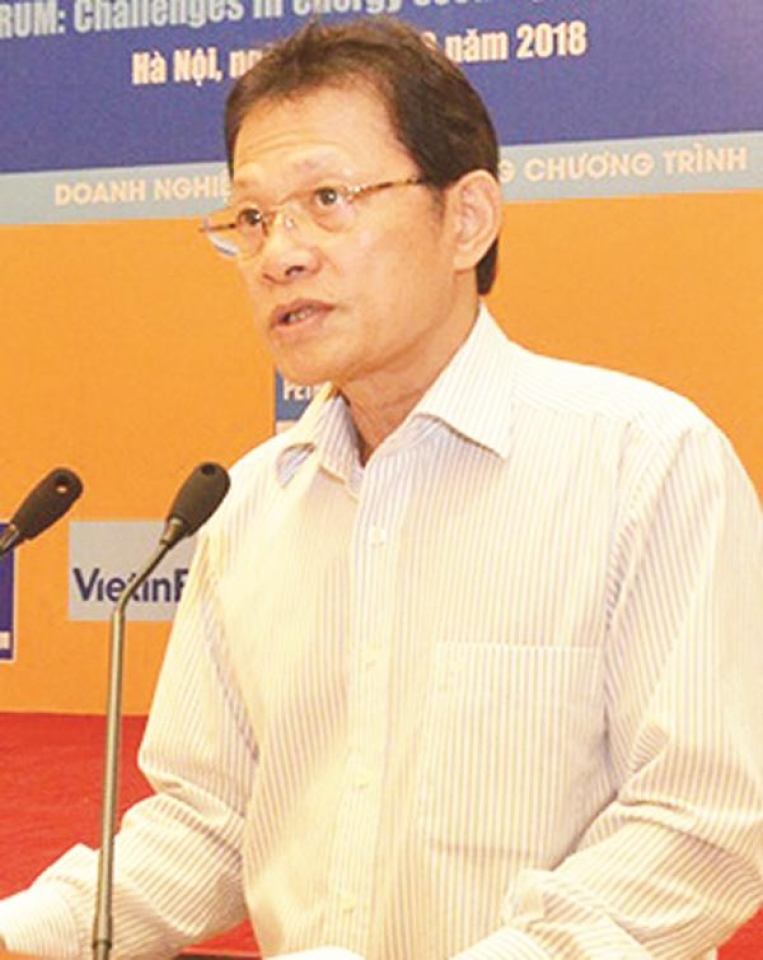 |
| Mr. Le Van Luc, Deputy Director of the Department of Electricity and Renewable Energy Authority at the Ministry of Industry and Trade |
Could you give an overview of the current situation of Vietnam's electricity generation?
Electricity development in Vietnam has undergone two planning stages. Electricity planning VI in 2006-2011, with a vision to 2025; Electricity planning VII in 2011-2020, with a vision to 2030. In the year 2016, the Prime Minister issued a Decision to adjust the Electricity Planning VII, with a vision to 2030.
On power structure, Vietnam has hydropower, thermal power (coal, gas), renewable energy, nuclear power and electricity from other countries. With the goal of providing enough electricity, stability and safety, the demand for electricity by 2030 is over 500 billion kWh. Meanwhile, in 2017, electricity consumption reached nearly 180 billion kWh. Thus, over the next 10 years, the pressure to invest in power generation is very large. In addition, electricity prices must match the costs, financial capacity of people, businesses, and must ensure the environment.
The amended Power Plan VII clearly reflects the policy, increasing renewable energy and decreasing the coal power. Specifically, the total capacity has been reduced compared to the total capacity in the Power Plan VII. This is in line with the development and preparation of investment resources. Of the decrease in total capacity, coal has been mainly reduced by about 20,000 MW, increasing the capacity of renewable electricity from 6-7% to about 20%.
In the existing power sources, Vietnam has the advantage of hydroelectricity, with the lowest cost, but large power generating units in rivers have been fully invested and exploited. Now, there are only a few small hydropower projects, which are located far away, high investment rates, high cost price... so they are not really effective.
Regarding thermoelectricity, this source still accounts for 16-17% of the power structure. The gas is mainly located in the gas power center in the South, exploiting the South East gas field over 10 years. For domestic gas resources our gas fields have been drained, so in the period 2019-2020 we must have additional gas sources. Currently, Vietnam has to consider buying more gas from other sources for gas supply. With electricity production from gas, prices are now considered the highest.
For renewable energy, there are mainly wind power and solar power. Solar power, came into force after the Prime Minister promulgated Decision No. 11/2017/QD-TTg on the incentive mechanism for solar power at the price of 9.35 Uscent / kWh, not including equipment power storage that is currently quite attractive to investors.
However, renewable energy is only concentrated in some provinces such as Ninh Thuan, Binh Thuan, Dak Lak..., and does not ensure the stability of power supply in all conditions. At the same time, the price of renewable energy is also quite high, without including the costs for electricity storage. The handling of storage devices, solar cells also greatly affect the environment. This is something that has not been mentioned in the studies.
About electricity imports, Vietnam has bought electricity from China and is currently negotiating to buy electricity from Laos. However, the buying conditions make electricity prices very high compared to the price in Vietnam.
In fact, about the "wave" of investment in renewable energy, there have been many opposite opinions to “boycott” thermal power plants due to the environmental impact. What do you think about this problem?
Thermal power plays a very important role in the supply of electricity. This is not only true for Vietnam but for many countries in the world.
For coal-fired thermal power, if it is not handled or there is no solution, there is pollution. However, under the regulations and management of the State, investors in the process of implementation always comply with regulations on investment, operation. All projects must prepare environmental impact assessment reports and solid waste treatment solutions such as for ash, flue gas, liquid... in compliance with the newly approved environmental standards.
Coal-fired thermal power plants have emissions, however, if they master the technology, they will no longer harm the environment, the people and creatures. At present, the solutions of technology and environment are increasingly guaranteed, the efficiency is higher, the sense of compliance is better, so the problem of the environment is not worrying.
About the problem of processing ashes at thermal power plants alone, in projects in the north, because of their long operation, the method is wet waste and does not cause dust. In addition, the ash is used by people and projects for building materials.
Therefore, the problem of dumping ash in the North is not very large. In the South, thermal power plants such as Vinh Tan and Duyen Hai also use inland coal transported from the north. However, the new ash slag is new so it is not used much, not popular in the market. It must be stated that ash is a good building material, not a hazardous waste. Therefore, the Government and the Ministry of Industry and Trade have been very interested in promoting consumption.
 | Basing on the coal power, difficulty of ensuring energy security VCN- The coal-fired thermal power accounts for a relatively high proportion, the experts are concerned about Vietnam's ... |
Renewable energy has a lot of potential for development, especially when considering environmental factors. Can we think of a way to accelerate the development of renewable energy to replace traditional energy sources in the future?
Basic sources of energy include: hydroelectricity, thermal power, nuclear power. In many countries, these sources sufficiently supply their power system, and the demand for additional heavy loads is only 1-2%. Renewable energy has recently developed, which does not require fuel.
In Vietnam, the electricity growth rate is more than 11%/ year, the next year about 9%/ year. Vietnam is too far behind to ensure electricity security. Vietnam is now making great efforts to develop more renewable energy, however, the source still has to ensure the supply of electricity.
|
Related News
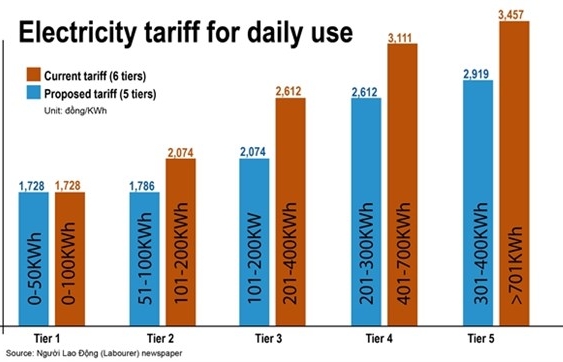
Ministry proposes new electricity tariffs
15:52 | 12/07/2023 Regulations
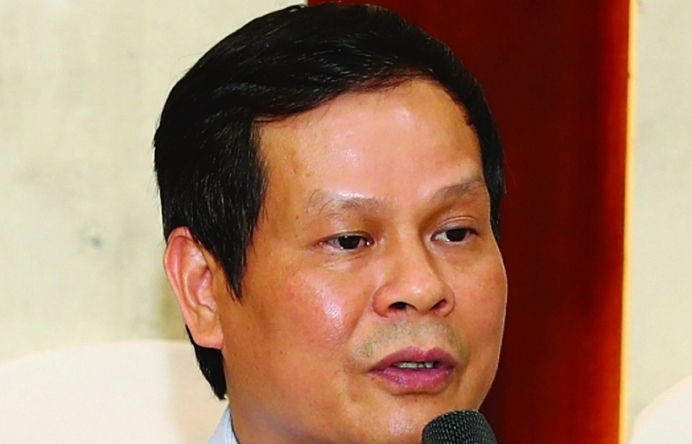
Synchronous solutions in energy conversion
09:16 | 09/07/2022 Import-Export
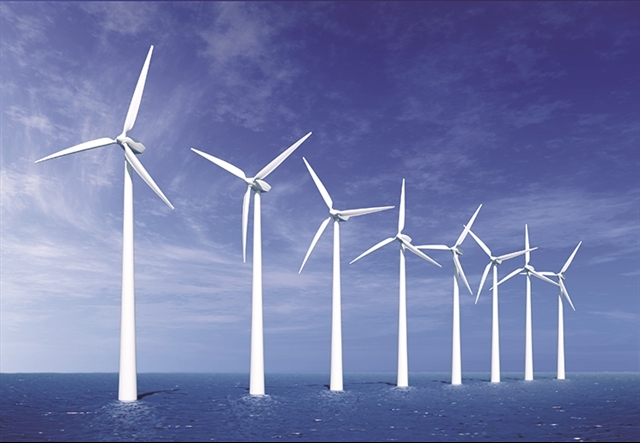
Large foreign firms interested in Việt Nam’s offshore wind power industry
19:35 | 10/05/2022 Import-Export
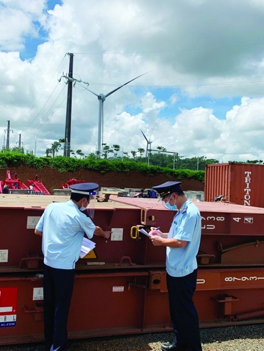
Bringing green energy from the Central Highlands
07:51 | 04/02/2022 Customs
Latest News

Việt Nam regulates remanufactured imports under EU, UK FTAs
14:22 | 26/11/2024 Import-Export

Rice exports top 8 million tonnes
14:20 | 26/11/2024 Import-Export

Vietnam's pepper exports surpass 1 billion USD in first 10 months
14:16 | 26/11/2024 Import-Export
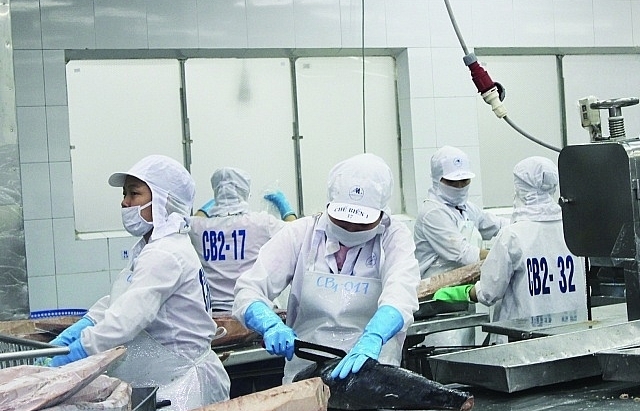
Export moves to Halal markets
08:51 | 26/11/2024 Import-Export
More News

Agricultural and food businesses benefit from green production
08:51 | 26/11/2024 Import-Export

Foreign investors flock to invest in southern provinces and cities
15:20 | 25/11/2024 Import-Export

New step in tracing seafood origin, meeting export requirements
09:21 | 25/11/2024 Import-Export

Việt Nam's pangasius exports expected to reach $2b in 2024
18:20 | 24/11/2024 Import-Export

VN’s first pharmaceutical industrial park to be built
18:10 | 24/11/2024 Import-Export
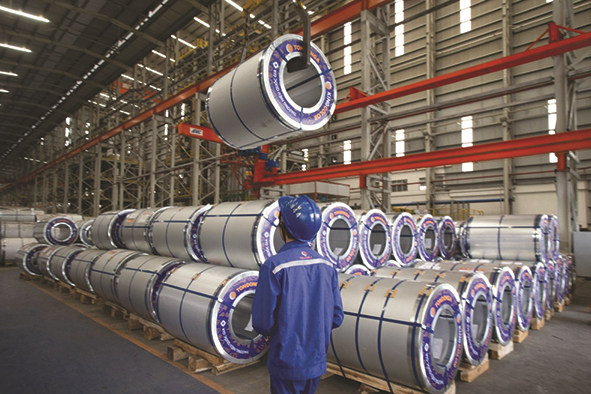
Accelerating investment to meet "green" standards
09:02 | 24/11/2024 Import-Export

US initiates investigation into pharmaceutical capsule shells imported from Việt Nam
17:50 | 23/11/2024 Import-Export

UKVFTA gives advantages to Vietnamese fishery products in the UK, urging focus on quality for further expansion
17:47 | 23/11/2024 Import-Export

Agricultural, forestry and fishery trade surplus value shoots up
10:54 | 23/11/2024 Import-Export
Your care

Việt Nam regulates remanufactured imports under EU, UK FTAs
14:22 | 26/11/2024 Import-Export

Rice exports top 8 million tonnes
14:20 | 26/11/2024 Import-Export

Vietnam's pepper exports surpass 1 billion USD in first 10 months
14:16 | 26/11/2024 Import-Export

Export moves to Halal markets
08:51 | 26/11/2024 Import-Export

Agricultural and food businesses benefit from green production
08:51 | 26/11/2024 Import-Export





